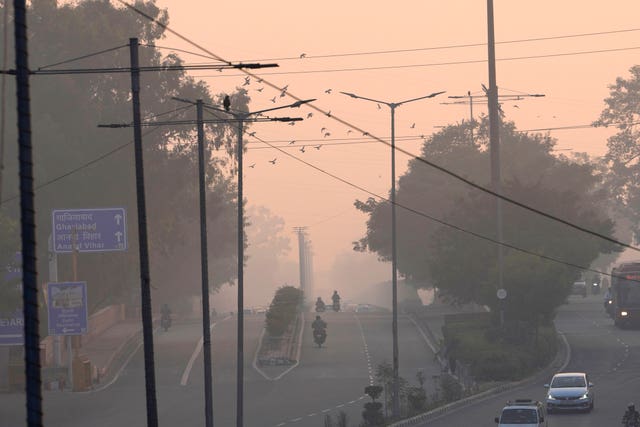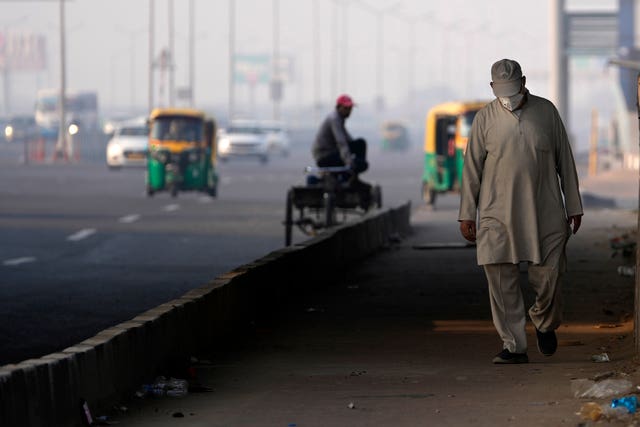Smog cloaks Delhi as Diwali firecrackers push air pollution to hazardous levels
In many areas, levels of deadly particulate matter reached seven times the World Health Organisation’s safety limit.

A thick layer of toxic smog cloaked India’s capital on Friday, as smoke from firecrackers used to celebrate Diwali, the Hindu festival of lights, pushed air pollution to hazardous levels.
New Delhi’s air quality index plunged into the “severe” category, according to Safar, India’s main environmental monitoring agency.
In many areas, levels of deadly particulate matter reached seven times the World Health Organisation’s safety limit.

New Delhi, home to more than 33 million people, is regularly ranked one of the most polluted cities in the world.
The air pollution crisis deepens particularly in the winter when the burning of crop residue in neighbouring states coincides with cooler temperatures that trap deadly smoke.
That smoke travels to New Delhi, leading to a surge in pollution and worsening the public health crisis.

“We may not realise it now, but later we will face lung problems,” said Manoj Kumar, a New Delhi resident who does his morning runs around the capital’s India Gate monument.
Several studies have estimated that more than a million Indians die each year from air pollution-related diseases.
Tiny particulate matter in polluted air can lodge deep in the lungs and cause a variety of major health problems.





